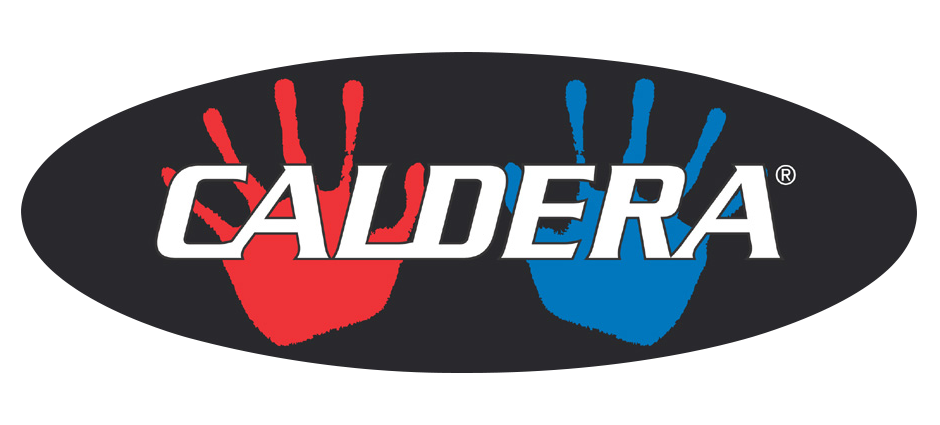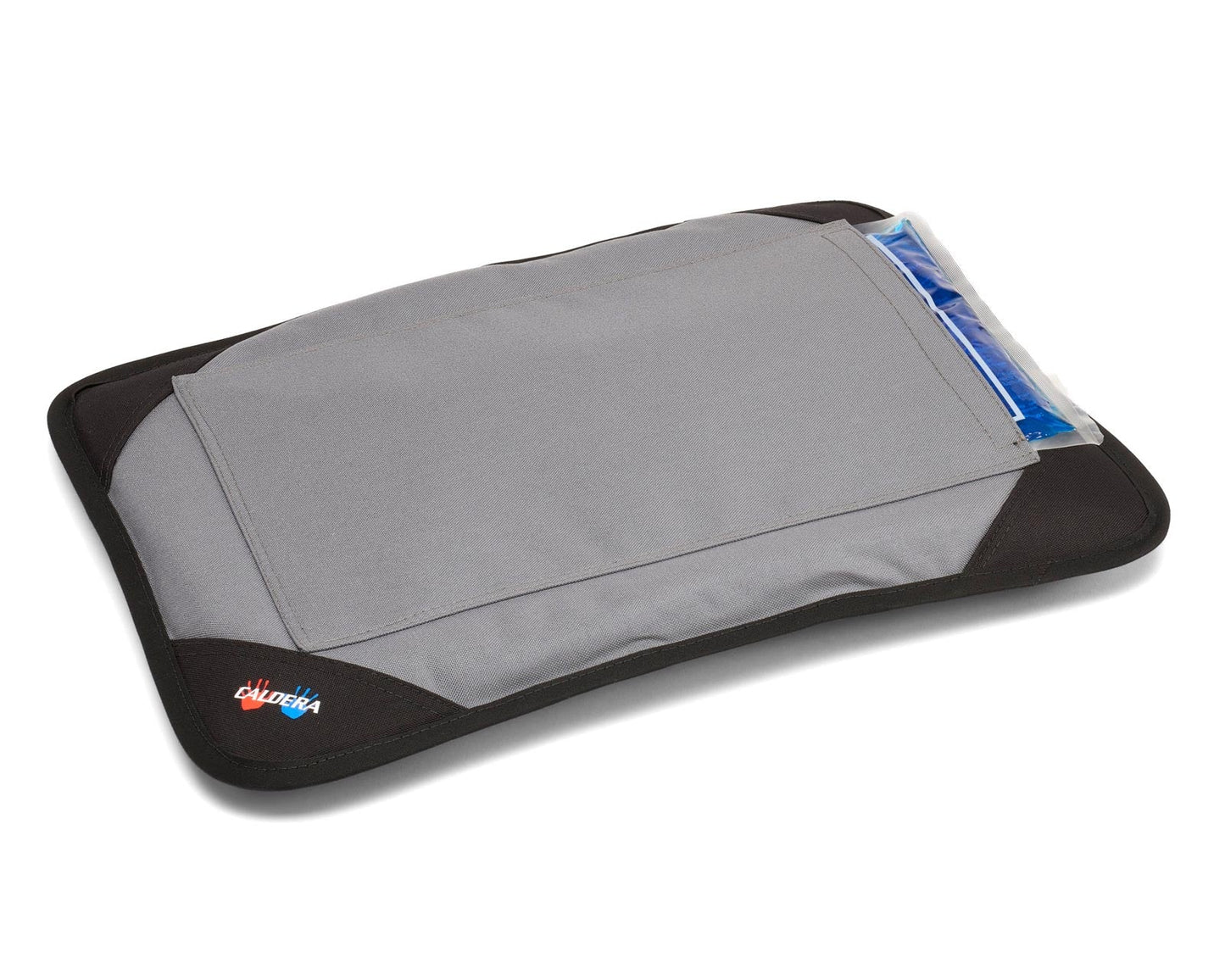Applying ice or doing cryotherapy using cold materials like instant cold packs or hot and cold packs have been a tried and true success factor in injury prevention and treatment. There are numerous benefits of cold therapy from relieving the pain, reducing the blood flow to an injured area, reducing stiffness, and inflammation. When earlier the frozen peas or hot water bottles were used to ease the injuries, now you can upgrade to instant cold packs and hot and cold gel packs in the comfort of our home.
The question that arises is, which is the best product to use among the two methods? What are the key differences between the two?

Hot and cold packs
Hot and cold gel packs are one of the simplest, and most effective self-care products available in the market and online for treating injury, pain, or discomfort in muscles and joints. There are many benefits to using gel packs. It can be used as cold compression during initial injuries to control swelling. Using cold therapy immediately will reduce the amount of swelling which otherwise can increase the damage if the initial care is ignored.
Benefits of Hot & Cold Packs:
1. Pain relief- when you apply a cold pack to the injured area it will help in numbing that area by reducing the blood flow in the initial stage. Once the injury has settled down you can apply heat to relieve discomfort in the area.
2. Reducing swelling- ice therapy will reduce internal bleeding.
3. Eases muscle spasm and joint stiffness- post-workout you can use ice to aid muscle relaxation and add heat therapy to improve the flexibility of your limbs or joints.
4. Rapid recovery- if your injury is old or you get a dull ache, heat therapy will help to promote healing and tissue damage by increasing the blood flow to the area.
5. Relaxation and cooling effect- heat therapy helps in soothing and alleviating daily stress and anxiety on the other hand cold therapy can be used to cool down on a hot day or reduce fever.
Advantages:
1. Reusable.
2. It can be used for different purposes at the same time, that is- cold and hot.
3. Widely available.
4. It comes in many shapes and sizes, depending on the body part.
5. It can be bought with a cover or without.
How to use it?
1. Applying cold:
If you are more into physical activities, you would probably be accustomed to the benefits of cold. Cold therapy tends to help people with a sprained or twisted ankle, insect bites, repetitive strain injuries, muscle spasm, or various other forms of arthritis as well. To reduce the blood circulation to the area it is recommended to use a cold gel pack for 15-20 minutes. It is basically used after an injury where you can see the signs of swelling.
2. Applying heat:
Cold packs are used for the first day or two for an injury, to help it heal faster you can switch to heat if symptoms persist or you think it may turn to chronic injury. It is used to increase the blood flow to the area and helps reduce the stiffness so that the movement can be restored. In fact, it is used for the sore back which causes dull ache or if the pain occurs from time to time. As heat helps to rush oxygen and nutrients to the area for tissue healing so it is recommended to apply heat to an area for 15-20 minutes for increased local circulation.
Instant cold packs:
Instant cold packs are great if you want to use them while traveling or during sports where there are chances of getting minor bumps or muscle strains, these could prove to be a great addition in your first aid kit during the time of emergency. Though these don’t require the use of a refrigerator to get cold these are only for single-use, which means, you can carry them in your gym bag and use it when you need them in the affected area.
The drawbacks of single-use cold packs:
1. Only suitable for single use.
2. Non-reusable.
3. Is only limited to cold therapy.
4. If compared to gel packs these only stay cold for short durations.
Best used for:
1. When you are on the go, you might need something for the injuries or minor bumps, so these packs are easy to activate.
2. You can keep these in your first aid and emergency treatment while on the field if any sports injury occurs.
How to use it?
1. Shaking it will mix the components and activate the cooling agent. Then you can simply wrap it around the affected area, avoiding direct contact as it can lead to skin burn.
2. Keep a towel or a cloth handy before applying to the area.
3. Do not apply for more than 15-20 minutes.
When it comes to hot and cold therapy, gel packs have replaced everything from ice packs to hot water bottles as these are highly functional and durable. These maintain the temperature for a long time and can be used multiple times for both hot and cold therapy, unlike instant cold packs. If you are suffering from a chronic condition where there is a use of regular hot and cold therapy at alternate use, you can simply do so with the use of therapy gel packs.

